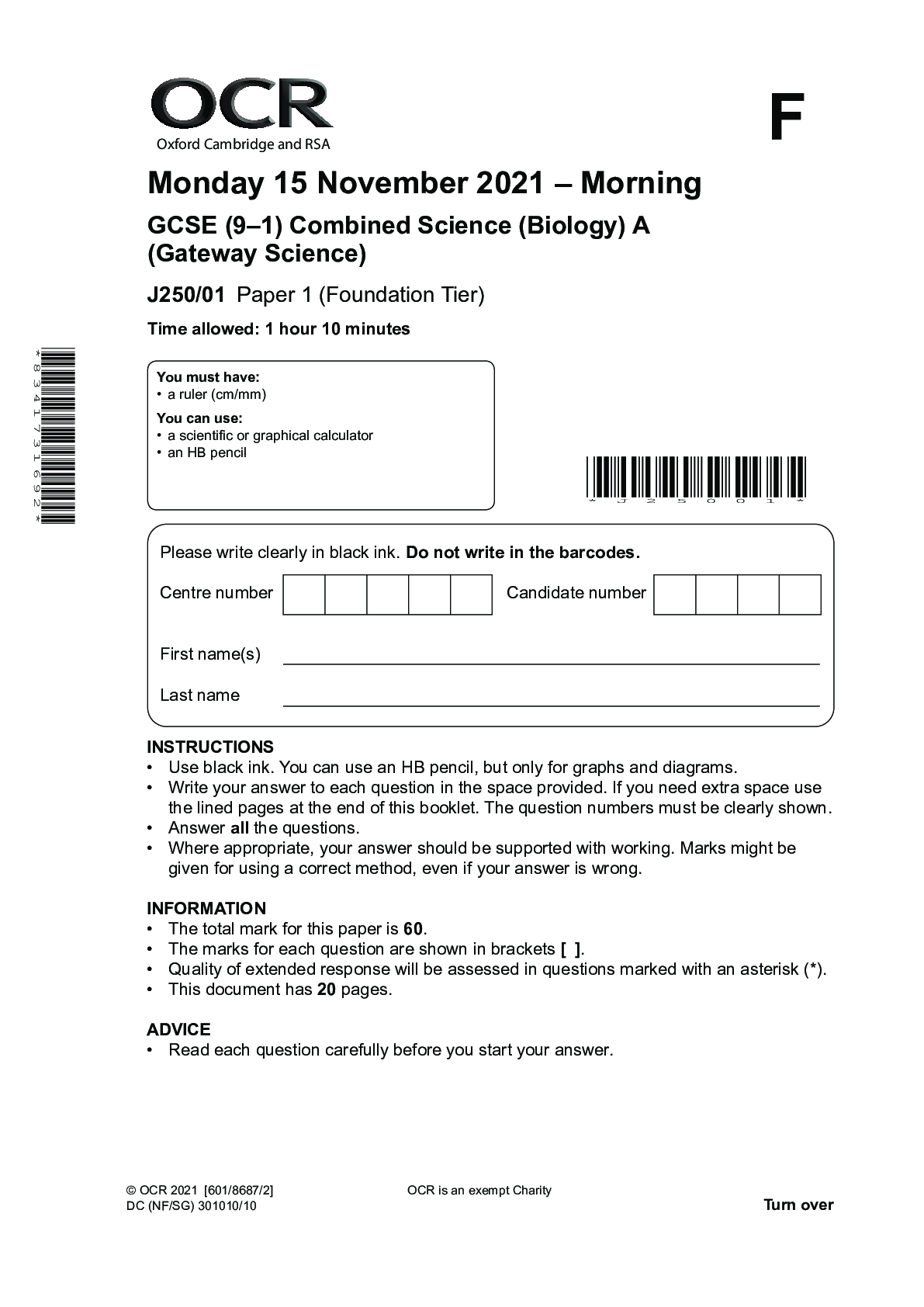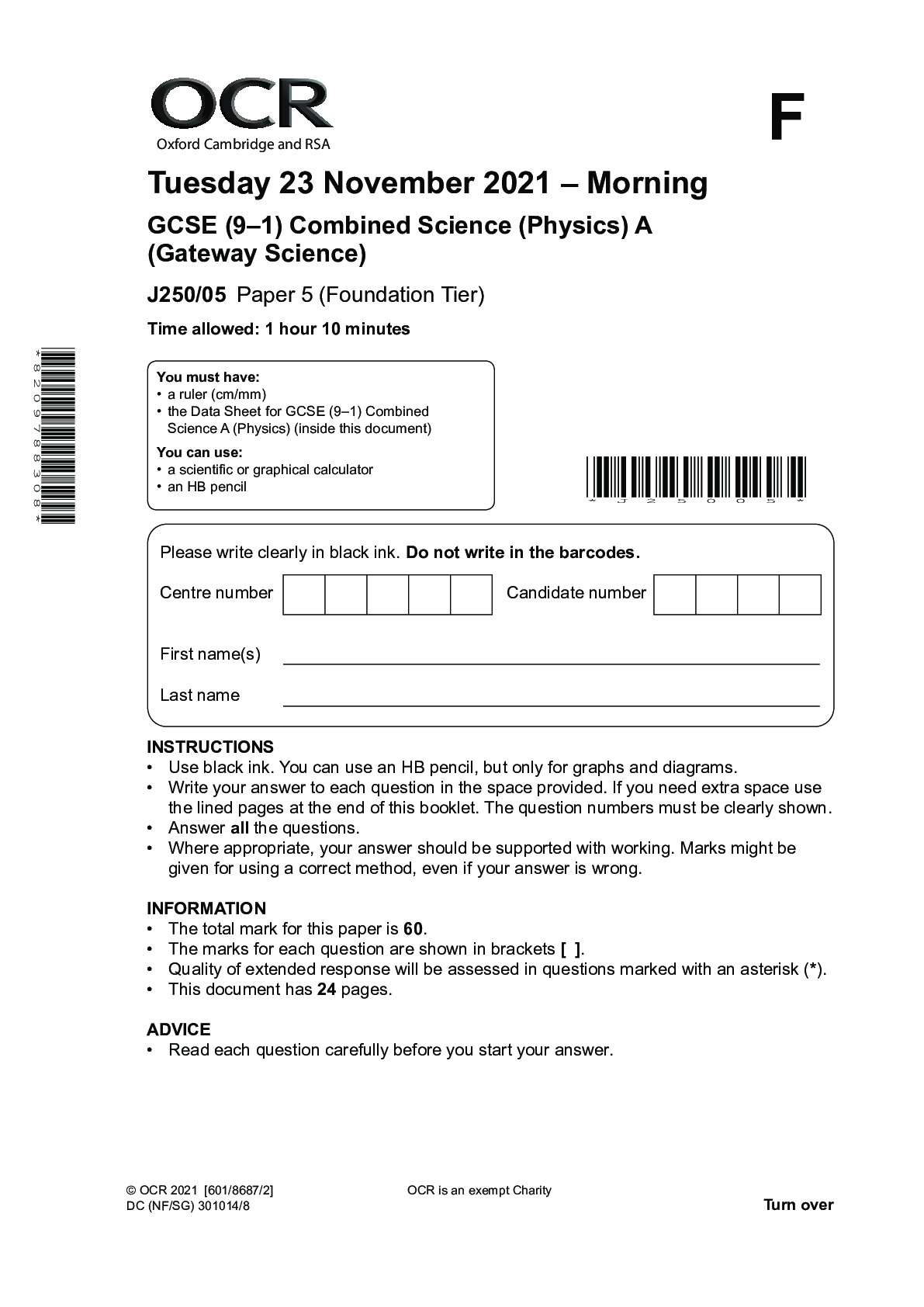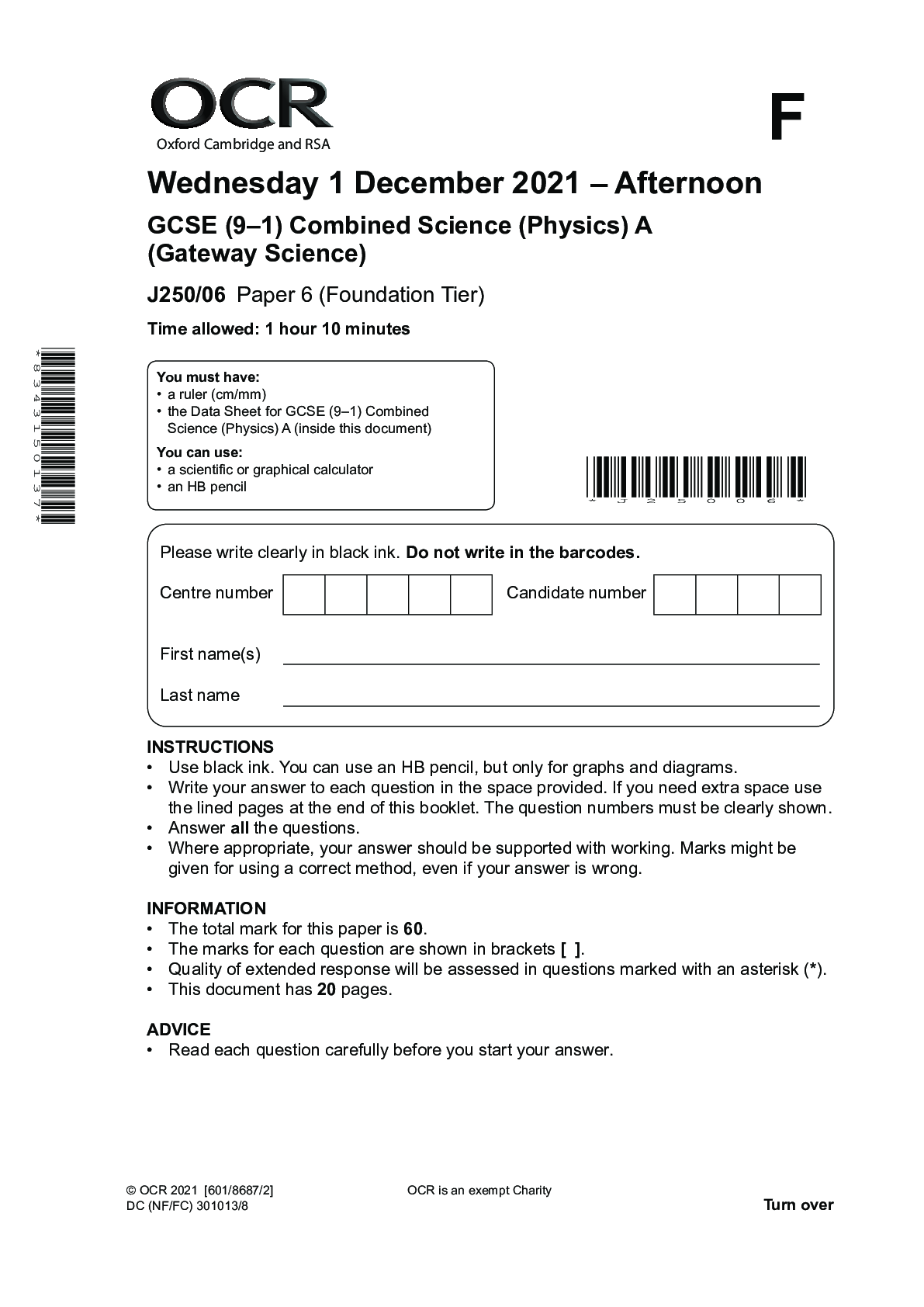Biology > QUESTION PAPER (QP) > OCR Oxford Camtyidge and RSA Wednesday 15 June 2022 — Morning GCSE (9—1) Biology A (Gateway Scie (All)
OCR Oxford Camtyidge and RSA Wednesday 15 June 2022 — Morning GCSE (9—1) Biology A (Gateway Science) J247104 Paper 4 (Higher Tier) Time allowed: 1 hour 45 minutes
Document Content and Description Below
INSTRUCTIONS • Use black ink. You can use an HB pencil, but only for graphs and diagrams. • Write your answer to each question in the space provided. If you need extra space use the lined page... s at the end of this booklet. The question numbers must be clearly shown. • Answer all the questions. • Where appropriate, your answer should be supported with working. Marks might be given for using a correct method, even if the answer is wrong. INFORMATION • The total mark for this paper is 90. • The marks for each question are shown in brackets [ ]. • Quality of extended response will be assessed in questions marked with an asterisk (*). • This document has 32 pages. ADVICE • Read each question carefully before you start your answer. *J24704* You must have: • a ruler (cm/mm) You can use: • a scientific or graphical calculator • an HB pencil *8991846123* © OCR 2022 [601/8589/2] DC (CJ/CB) 300223/4 Wednesday 15 June 2022 – Morning GCSE (9–1) Biology A (Gateway Science) J247/04 Paper 4 (Higher Tier) Time allowed: 1 hour 45 minutes 2 © OCR 2022 SECTION A Answer all the questions. You should spend a maximum of 30 minutes on this section. Write your answer to each question in the box provided. 1 The diagram shows the energy trapped as biomass at each stage of a food chain. grass grasshopper mouse hawk 10 000 J 1000 J 200 J 40 J What is the percentage efficiency in the transfer of energy between the grasshopper and the mouse? A 0.2% B 8% C 10% D 20% Your answer [1] 2 What is the definition of a genome? A All the genes present in a community of organisms. B All the genes present in a gamete. C The entire genetic material of an organism. D The genes inherited by an offspring from their mother. Your answer [1] 3 What is phylogenetics? A Classification using behavioural characteristics B Classification using evolutionary links C Classification using physical characteristics D Classification using species name Your answer [1] 3 © OCR 2022 Turn over 4 Which of these is a use of monoclonal antibodies? A Detecting antigens in pregnancy testing. B Removing cholesterol from blocked arteries. C Sterilising instruments used in operations. D Vaccinating people against type 2 diabetes. Your answer [1] 5 What is the definition of a parasite? A An organism that kills another organism and then feeds from it. B An organism that kills another organism by out-competing it. C An organism that lives on or in another organism causing it harm. D A microorganism that causes disease in another living organism. Your answer [1] 6 Animal populations can be estimated using a method called capture-recapture. The number of animals in the population is estimated using the formula: population estimate = number in first sample × number in second sample number of marked animals in second sample Sometimes marking the animals makes them less well-camouflaged. What effect would this have on the population estimate? A The estimate is always too high. B The estimate is always too low. C The estimate is either too high or too low. D There is no effect on the estimate. Your answer [1] 4 © OCR 2022 7 The table shows the number of insects caught using a net in a week. Day M Tu W Th F S Su Number of insects 6 8 5 4 8 9 2 Which of these types of average have the same value for this data? A Mean and median B Mean and mode C Median and mode D Median, mode and mean Your answer [1] 8 Which is a description of an antigen? A A chemical group on the surface of a pathogen. B A chemical that kills bacteria or stops them dividing. C A drug that is used to kill viruses. D A protein molecule made by white blood cells. Your answer [1] 9 Charles Darwin and Alfred Wallace were both involved in the development of the theory of evolution by natural selection. How were they involved? A Darwin first suggested the theory and Wallace developed it a hundred years later. B They both travelled together on a ship called the Beagle. C They worked together writing a book called ‘On the Origin of Species’. D They wrote scientific papers separately but then presented them together. Your answer [1] 5 © OCR 2022 Turn over 10 Which statement is correct about HIV/AIDS? A AIDS is a virus that weakens the immune system. B HIV and AIDS are alternative names for the same disease. C HIV is a pathogen and AIDS is a set of infections. D HIV is a virus that produces toxins which kill an infected person. Your answer [1] 11 New medicines can be tested in different ways. Which is the main reason for testing a new medicine using tissue culture? A To predict the effects on body systems. B To see if it affects other organs. C To see if it harms cells. D To see if it reduces symptoms. Your answer [1] 12 Errors in experiments can be random or systematic. • A student investigates the effect of fertilisers on the dry mass of seedlings. • They use pots of seedlings, solutions of fertilisers and a mass balance. Which of these would produce a systematic error in the student’s results? A Some of the seedlings receive more light than others. B Some of the seedlings are infected by a fungus. C The student’s mass balance is not calibrated correctly. D The temperature in the classroom changes during the experiment. Your answer [1] 6 © OCR 2022 13 A teacher measures the volume of a leaf by placing it in a measuring cylinder of water. They take the two measurements shown in the diagram. cm3 100 90 80 70 60 50 40 30 20 10 cm3 100 90 80 70 60 50 40 30 20 10 Water level without leaf Leaf Water level with leaf The uncertainty of the scale is half of the smallest divisions shown on the scale. What is the volume of the leaf, including the correct level of uncertainty? A 20 ± 0.1 cm3 B 20 ± 0.2 cm3 C 20 ± 1 cm3 D 20 ± 2 cm3 Your answer [1] 7 © OCR 2022 Turn over 14 Genetic engineering involves the use of vectors. Which is an example of a vector? A A set of unpaired bases on the end of a DNA molecule. B A small ring of DNA present in a bacterium. C An enzyme that joins together two pieces of DNA at specific sites. D An organism that has undergone genetic modification. Your answer [1] 15 A scientist inoculates an agar plate with bacteria. The plate is now ready to be incubated. Why do they seal the lid with two strips of tape, rather than sealing it all round the lid? A If sealed all round the lid, no bacteria could grow. B To make it easier to remove the lid after incubation. C To prevent water condensing on the lid of the Petri dish. D To reduce the chance of pathogenic anaerobic bacteria growing on the dish. Your answer [1] 8 © OCR 2022 SECTION B Answer all the questions. 16 A gardener grows thistle plants as weeds in his grass lawns. He wants to see if thistle plants grow better in the front garden than in the back garden. The diagram shows a plan of the grass lawns in each garden. Grass lawn in front garden Grass lawn in back garden House 10 m 4 m (a) The gardener estimates the number of thistle plants in each metre squared of the back garden. He gets an estimate of 2.5 thistle plants / m2. Describe an experimental method the gardener uses to get this estimate. Include the name of the piece of apparatus he uses. ................................................................................................................................................... ................................................................................................................................................... ................................................................................................................................................... ................................................................................................................................................... .............................................................................................................................................. [3] 9 © OCR 2022 Turn over (b) The front garden is smaller so he counts all the thistle plants growing in the lawn. He counts 36 plants. Calculate the number of thistle plants per metre squared in the front garden. Use the formula: area of a triangle = ¹⁄2 × base × height Number of thistles = .................................................. / m2 [2] (c) The gardener cuts the grass more often in the back garden. He thinks thistles grow better when he mows the grass more often. The diagram shows the grass lawns before and after he has mown them. Grass leaf Before mowing After mowing Thistle leaf Explain how cutting the grass more often can affect how well the thistles grow. Use ideas about competition and photosynthesis. ................................................................................................................................................... ................................................................................................................................................... ................................................................................................................................................... ................................................................................................................................................... .............................................................................................................................................. [3] 10 © OCR 2022 17 Some students investigate decomposition of dead plant waste. They make a composter from two plastic bottles. Tape Air holes Dead plant waste Drain hole to let water out so the waste does not get waterlogged (a) Why do the students make air holes in the bottle? Tick (✓) one box. To allow heat into the bottle. To allow oxygen gas into the bottle. To prevent the build-up of nitrogen gas in the bottle. So that carbon dioxide gas can enter. [1] (b) The students want to see if the number of air holes in the bottles affects the rate of decomposition. • They set up bottles with different numbers of air holes. • They then measure the mass of the bottle and compost at the start and after four weeks. The table shows their results. Mass of bottles and plant waste (g) Number of air holes At the start After 4 weeks 2 300 270 4 300 250 8 300 240 16 300 235 11 © OCR 2022 Turn over (i) Calculate the loss in mass per week of the bottle and plant waste with 16 air holes. Give your answer to 3 significant figures. Loss in mass = ..................................... grams / week [3] (ii) Describe the effect of the number of air holes on the rate of decomposition of the plant waste. ........................................................................................................................................... ........................................................................................................................................... ........................................................................................................................................... ...................................................................................................................................... [2] (iii) The students checked that all the bottles and plant waste had a mass of 300 g at the start of the experiment. Explain why this helps the students to analyse the results. ........................................................................................................................................... ...................................................................................................................................... [1] (iv) What is the independent variable in the students’ investigation? ...................................................................................................................................... [1] (v) The students notice that during the experiment, water drips through the drain hole at the bottom of the apparatus on to the floor. Explain why this can produce inaccurate results and how the students can change their method to correct this. ........................................................................................................................................... ........................................................................................................................................... ........................................................................................................................................... ...................................................................................................................................... [2] 12 © OCR 2022 18 The diagram shows a tulip plant. Many gardeners like to grow tulip plants. (a) Tulips can be grown from seeds produced from sexual reproduction. They can also be grown from bulbs that are produced by asexual reproduction. Explain why most gardeners choose to grow bulbs produced by asexual reproduction rather than seeds. ................................................................................................................................................... ................................................................................................................................................... ................................................................................................................................................... ...................................................................................... [Show More]
Last updated: 2 years ago
Preview 1 out of 32 pages
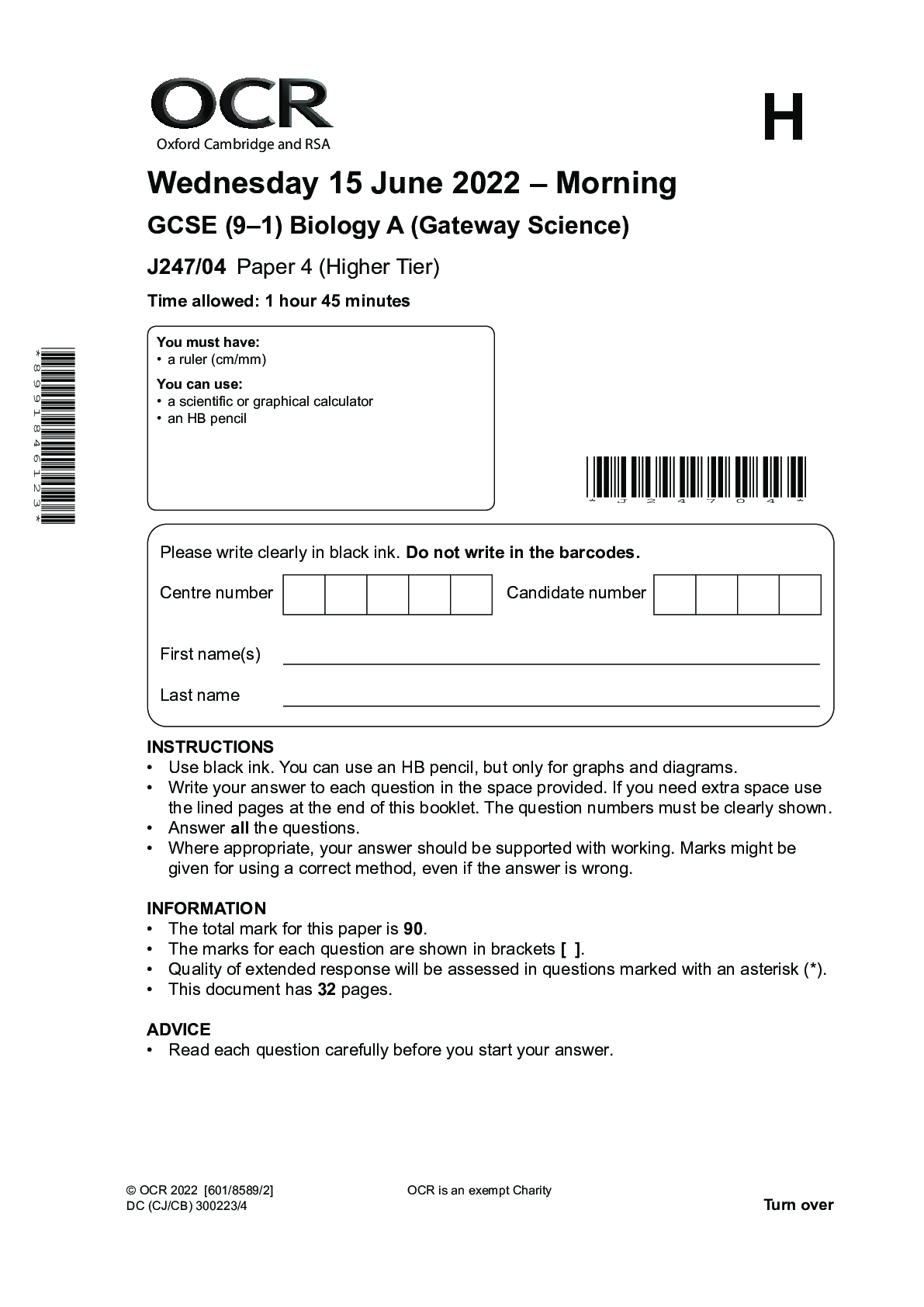
Buy this document to get the full access instantly
Instant Download Access after purchase
Buy NowInstant download
We Accept:

Reviews( 0 )
$8.00
Can't find what you want? Try our AI powered Search
Document information
Connected school, study & course
About the document
Uploaded On
Apr 03, 2023
Number of pages
32
Written in
Additional information
This document has been written for:
Uploaded
Apr 03, 2023
Downloads
0
Views
119

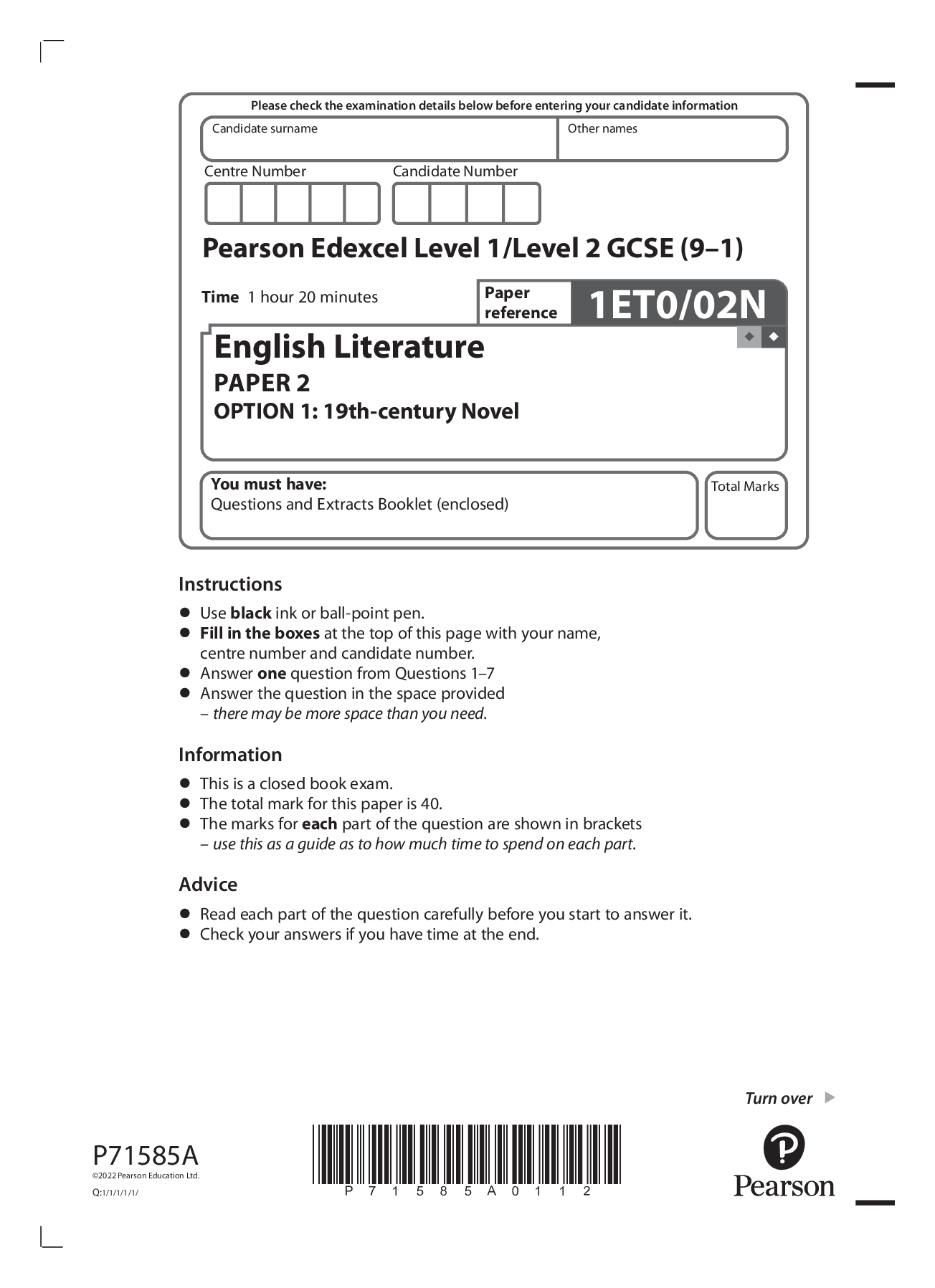
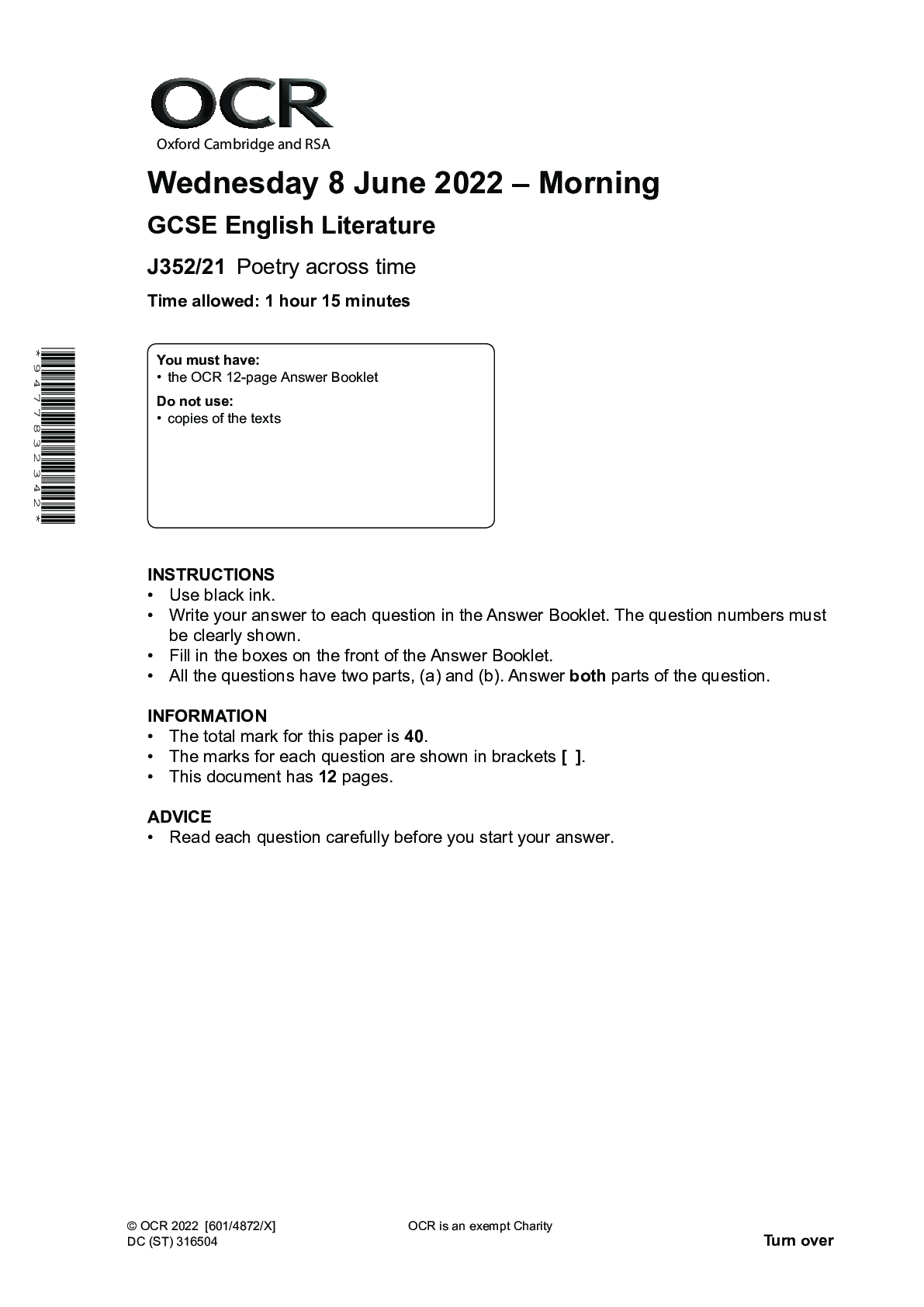
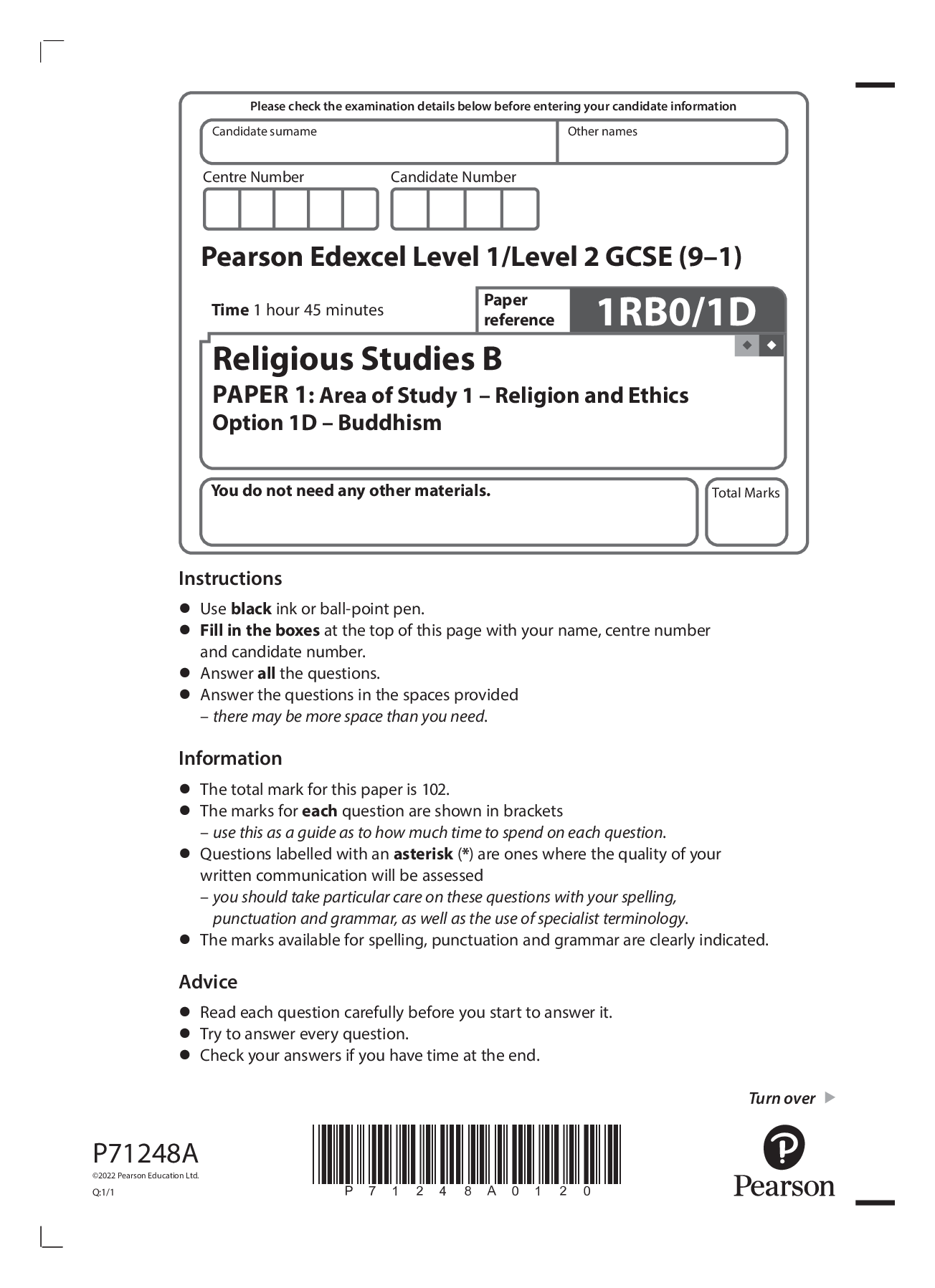
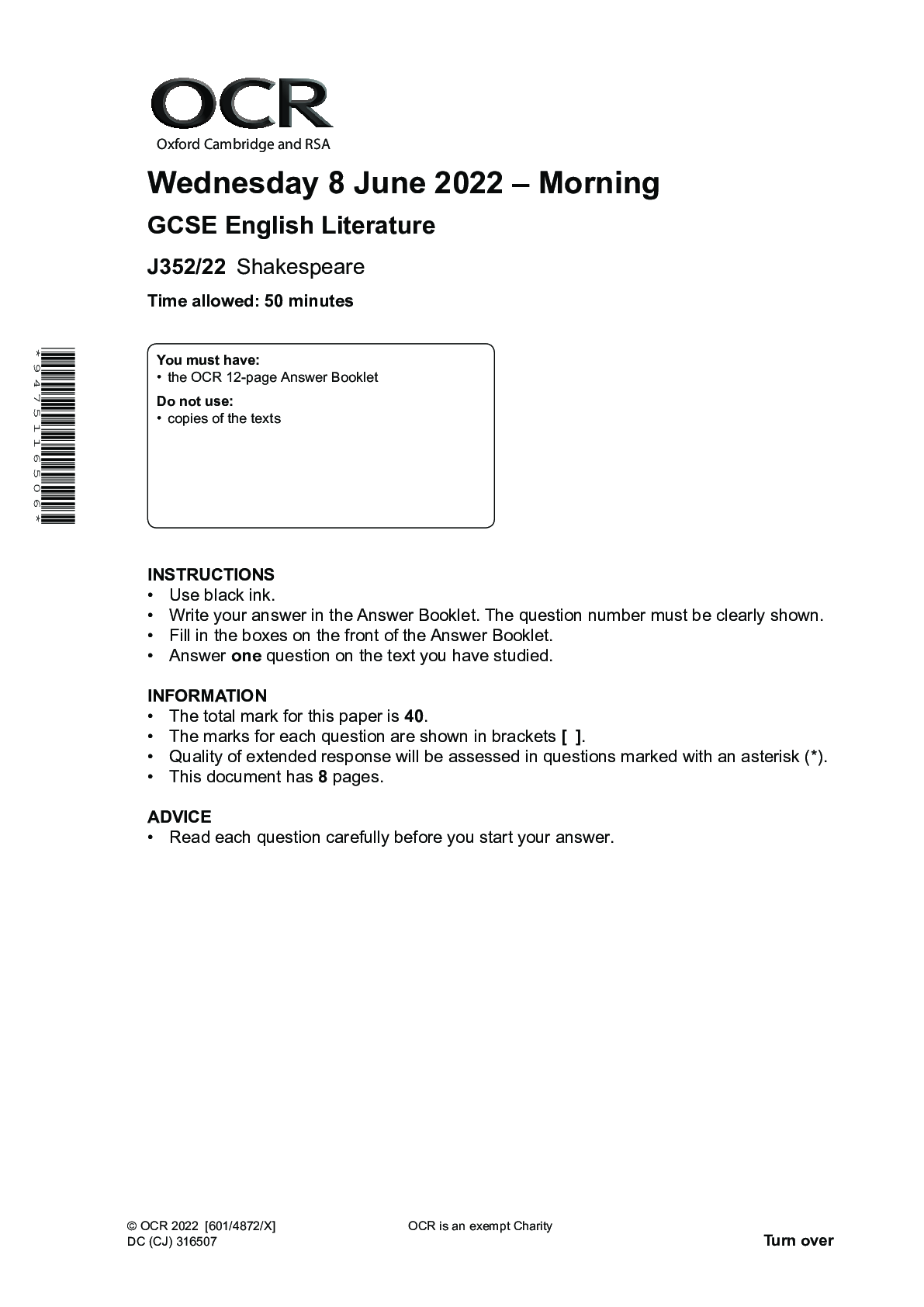
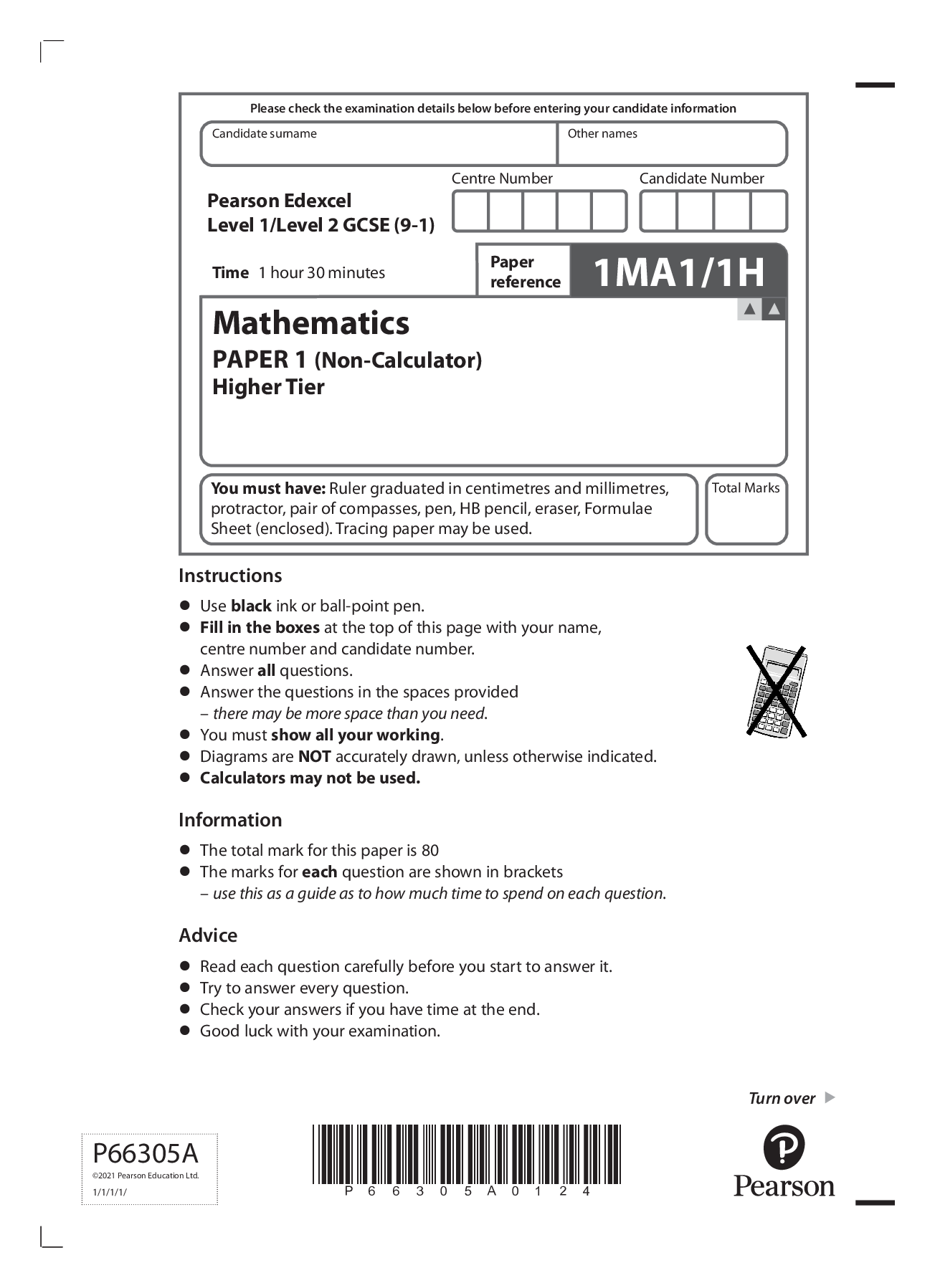
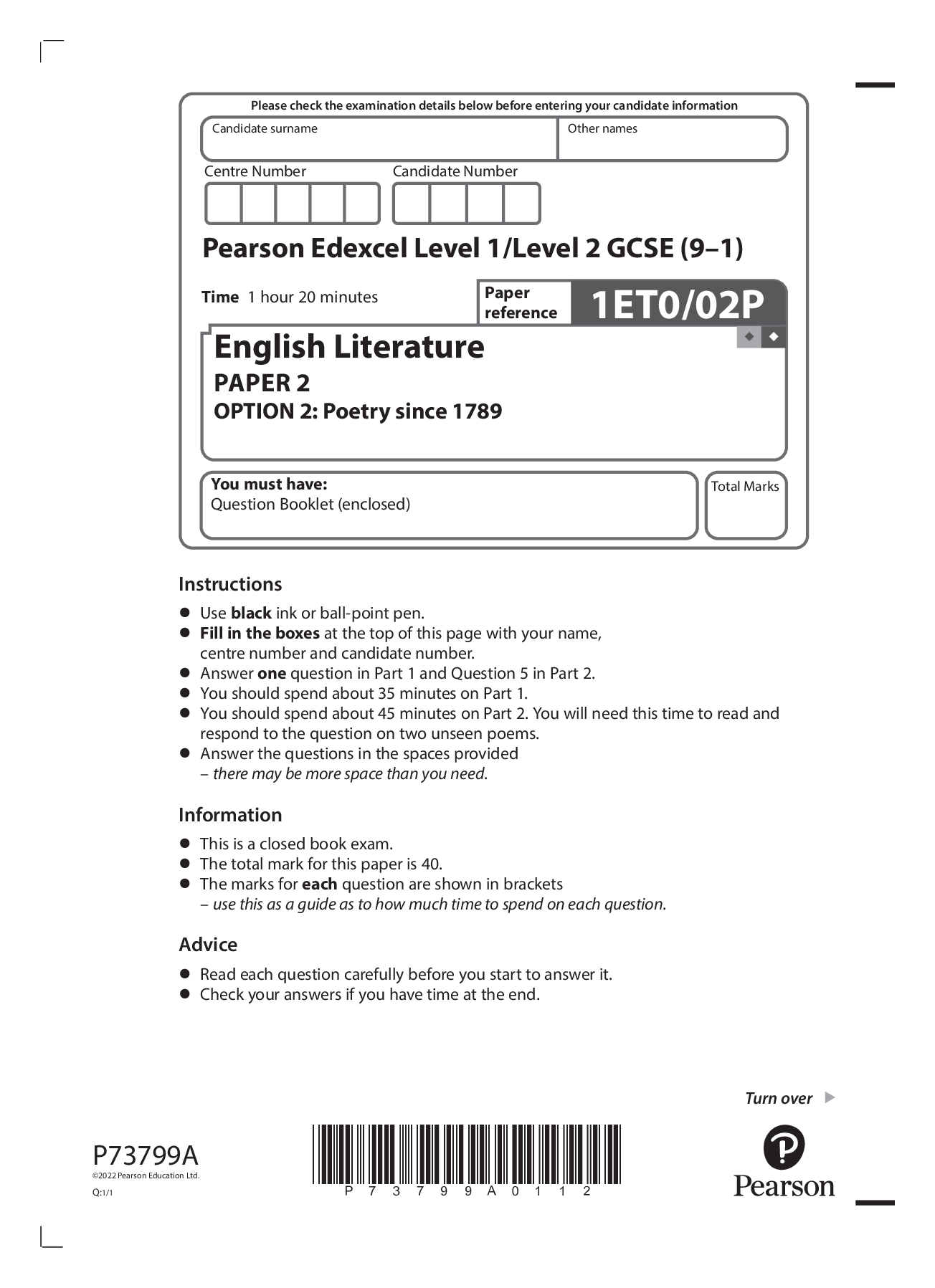
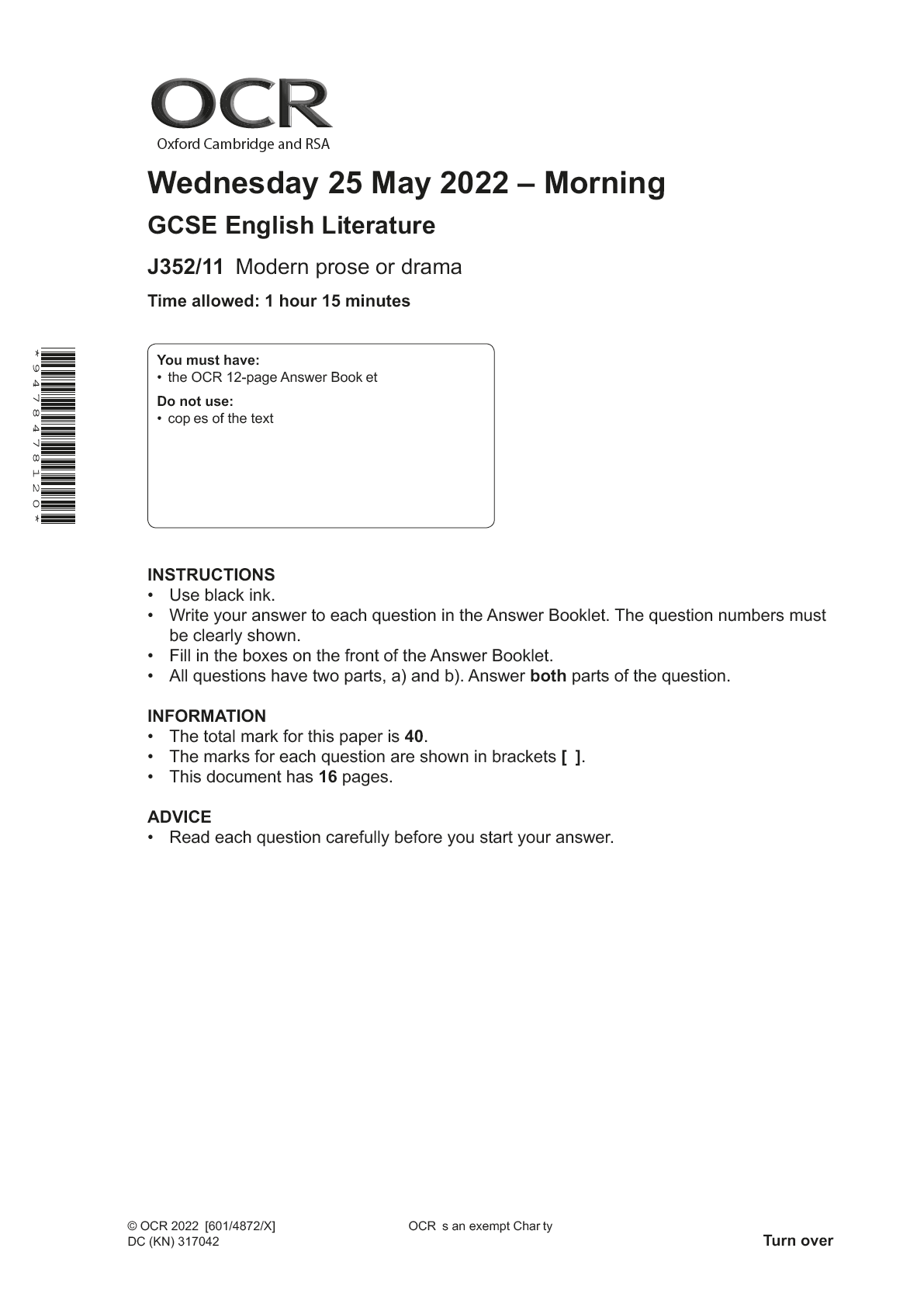
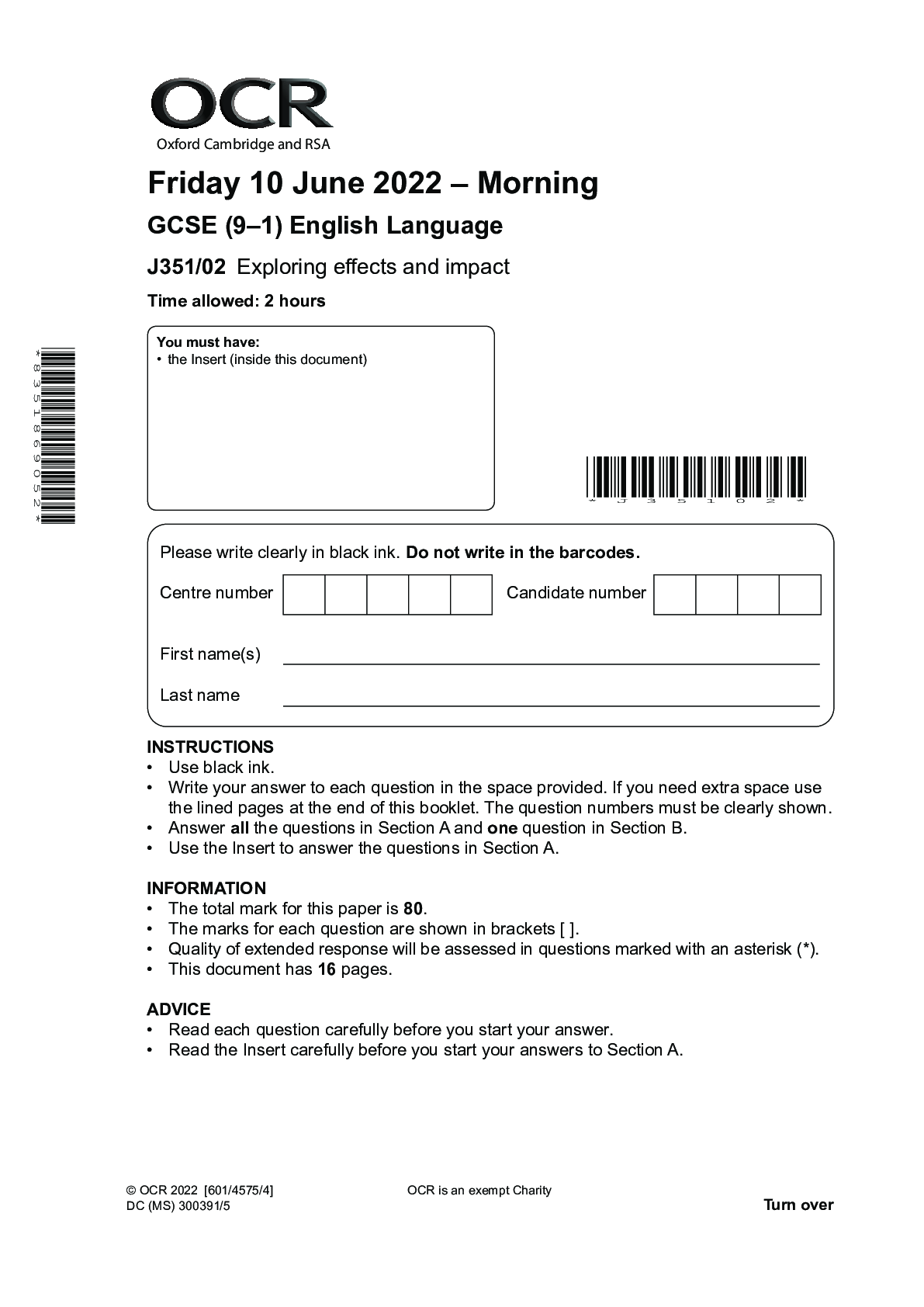

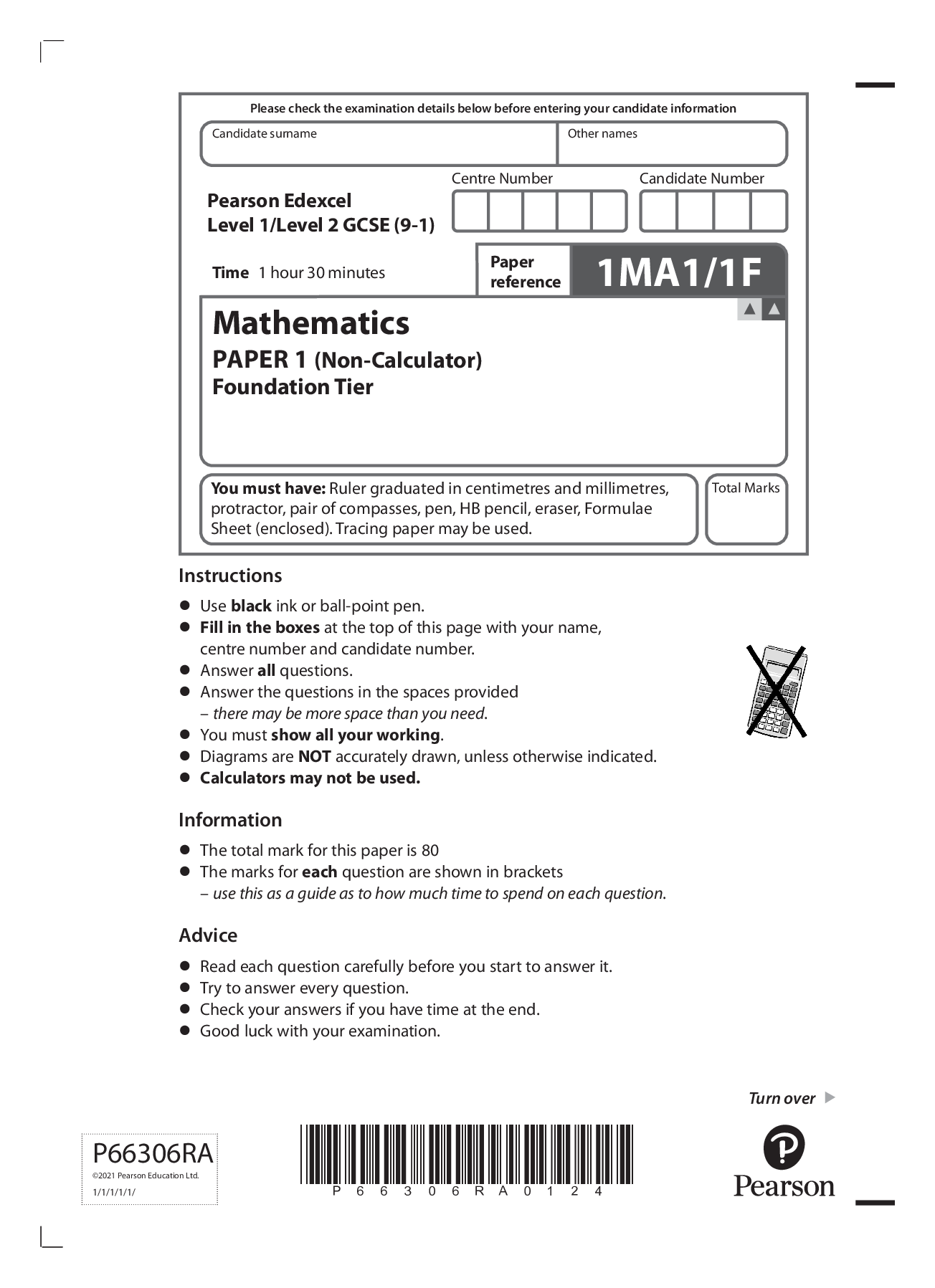
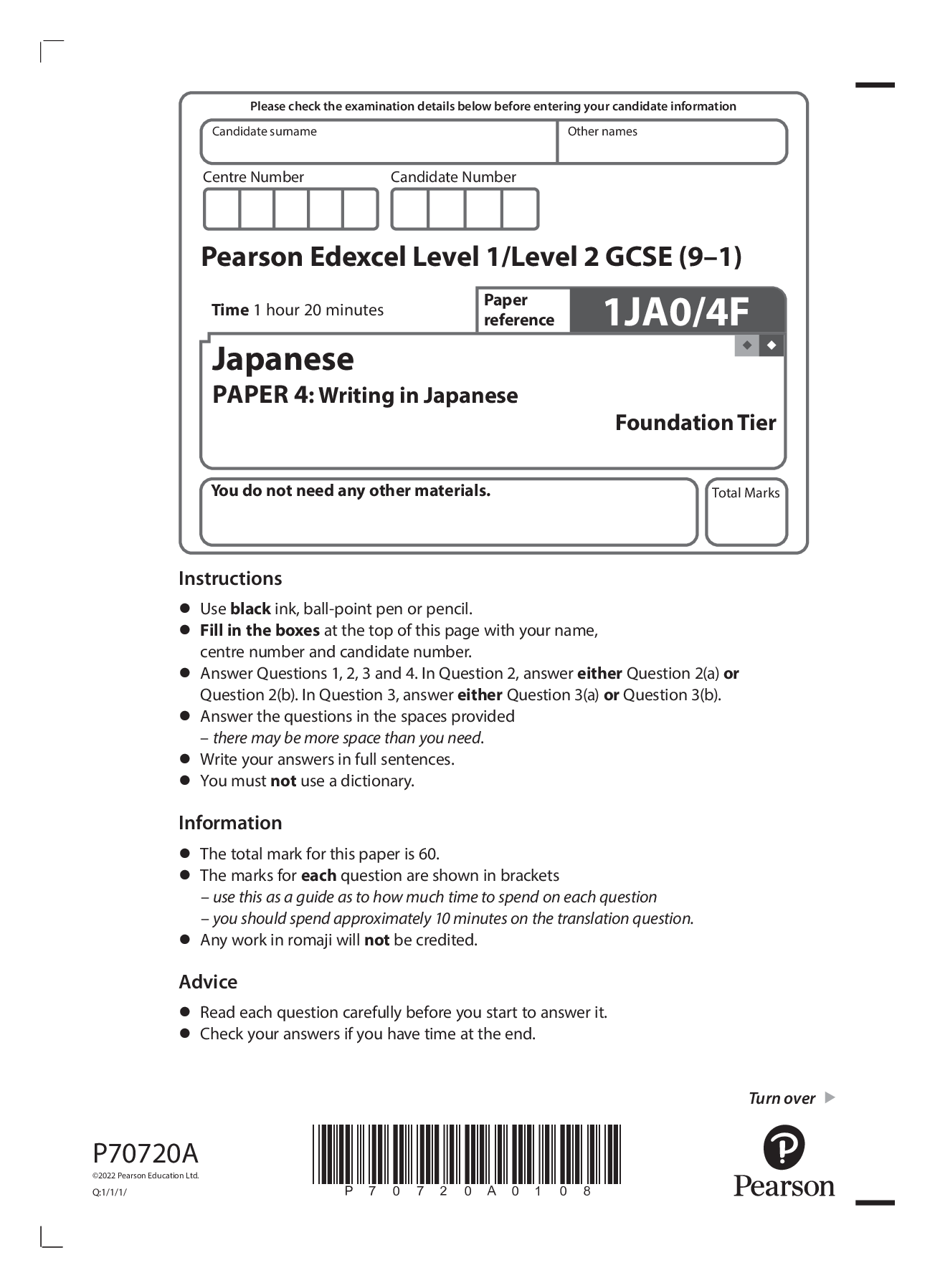
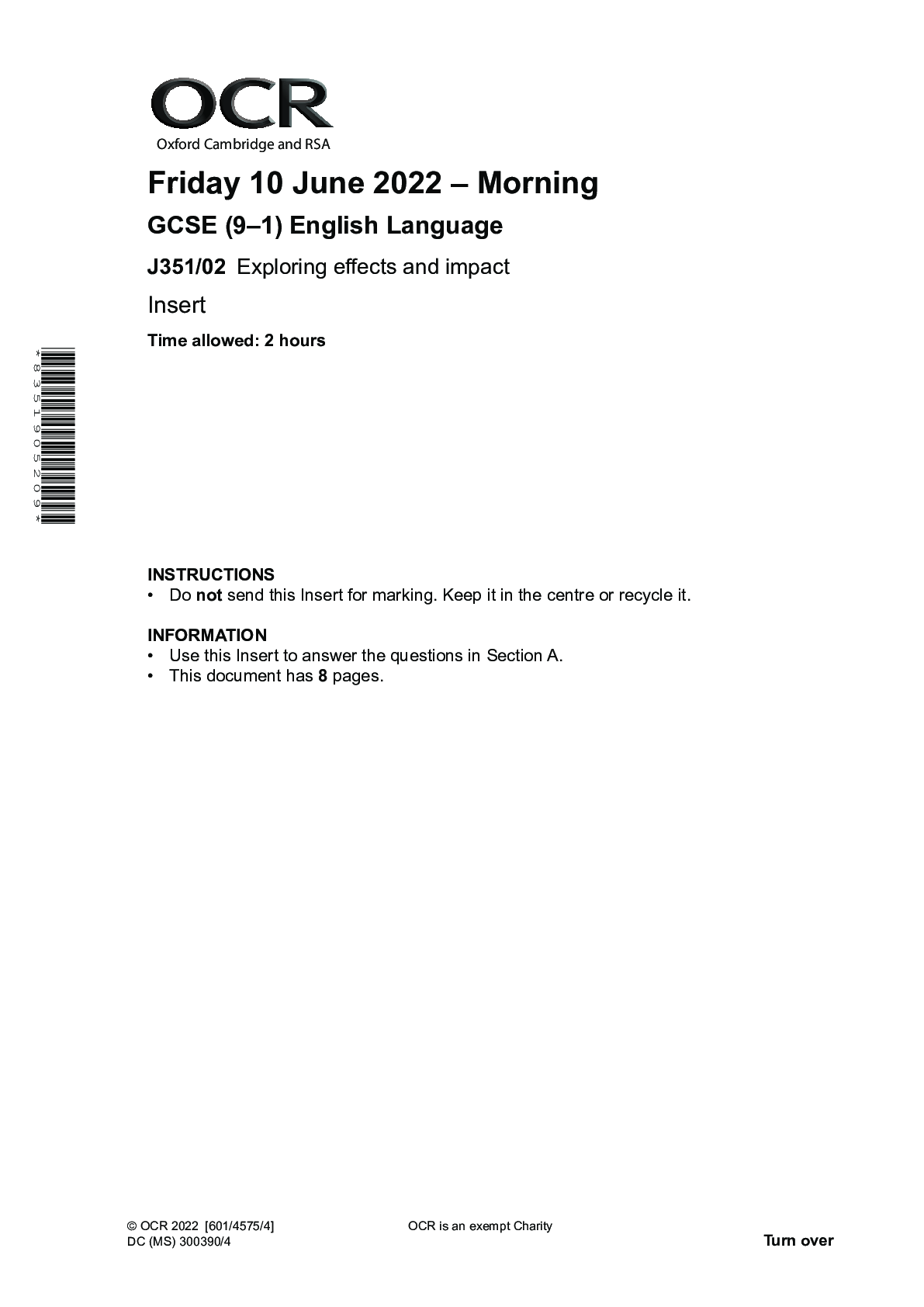




.png)
.png)
.png)
.png)
